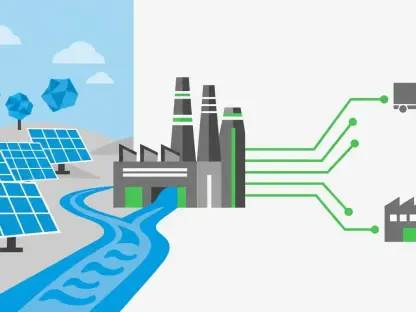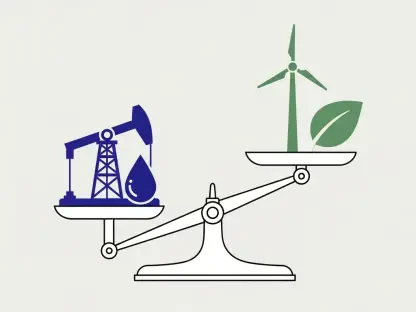In a groundbreaking move for Texas, Austin has become the first city in the state to implement an advanced artificial intelligence (AI) wildfire detection system developed by Pano AI, announced by Austin Energy on August 29, 2024. The significant development aims to augment the city’s ability to detect, evaluate, and respond to fire threats more efficiently. Utilizing 26 high-definition cameras located at 13 strategic sites, the new system promises comprehensive monitoring across Austin, with coverage extending into neighboring regions as well.
How the AI System Works
The Pano AI system is designed to scan the landscape for signs of smoke and precisely identify the origin of any potential fires. Advanced algorithms analyze the visual data collected by the high-definition cameras, enabling the system to “spot, evaluate, and signal wildfire activity within a 15-mile radius,” as detailed on the company’s website. Once the AI detects a fire, a staff member confirms the information and promptly alerts dispatchers and local fire departments. This rapid verification and communication process often happens faster than the first emergency calls from concerned citizens, significantly trimming down response times.
Chris Vetromile, wildfire division manager at Austin Energy, explained that the technology’s early detection capabilities are vital for mitigating fire hazards. By receiving timely and accurate information about fire locations and potential threats, response teams can act more swiftly and effectively. Kat Williams, Pano AI’s director of government business development and a former firefighter, echoed these sentiments, emphasizing that early detection and real-time data are crucial for firefighter safety and operational efficiency. The AI’s quick identification and signaling provide a crucial time window for emergency responders.
Early Successes and Collaboration
Since its deployment in March 2024, the AI system has already demonstrated its versatility and efficacy by successfully identifying diverse fire types, including car fires, house fires, and a significant blaze at a local recycling center. The initiative is a result of robust collaboration between Austin Energy, the Austin Fire Department, and the Texas Public Power Corridor Committee. This multifaceted partnership underscores the importance of inter-agency cooperation in leveraging cutting-edge technology to address widespread risks such as wildfires.
Vetromile expressed optimism about the future expansion of the AI system, extending its application beyond the Austin area to encompass more of Central Texas. Such broader implementation is contingent upon the system’s proven effectiveness and ongoing evaluation to ensure it meets safety and performance benchmarks. The early successes seen in Austin may serve as a convincing argument for other regions to consider similar technological investments, potentially transforming wildfire detection strategies across the state.
Future Implications for Fire Safety
In a groundbreaking move, Austin has distinguished itself as the first city in Texas to roll out a cutting-edge artificial intelligence (AI) wildfire detection system. Unveiled on August 29, 2024, by Austin Energy, this advanced system, developed by Pano AI, marks a significant leap in the city’s firefighting capabilities. The initiative aims to enhance Austin’s efficiency in identifying, assessing, and responding to wildfire threats. The system is equipped with 26 high-definition cameras stationed at 13 strategically chosen sites around the city. These cameras provide extensive surveillance that extends beyond Austin’s immediate vicinity, reaching into neighboring regions as well. The comprehensive monitoring promises quicker and more accurate detection of potential wildfire outbreaks, enabling faster response times which is crucial in mitigating fire damage. Such a proactive measure not only safeguards Austin’s residents and properties but also sets a precedent for other cities in Texas and across the nation to follow in employing AI technology to combat wildfire hazards.









